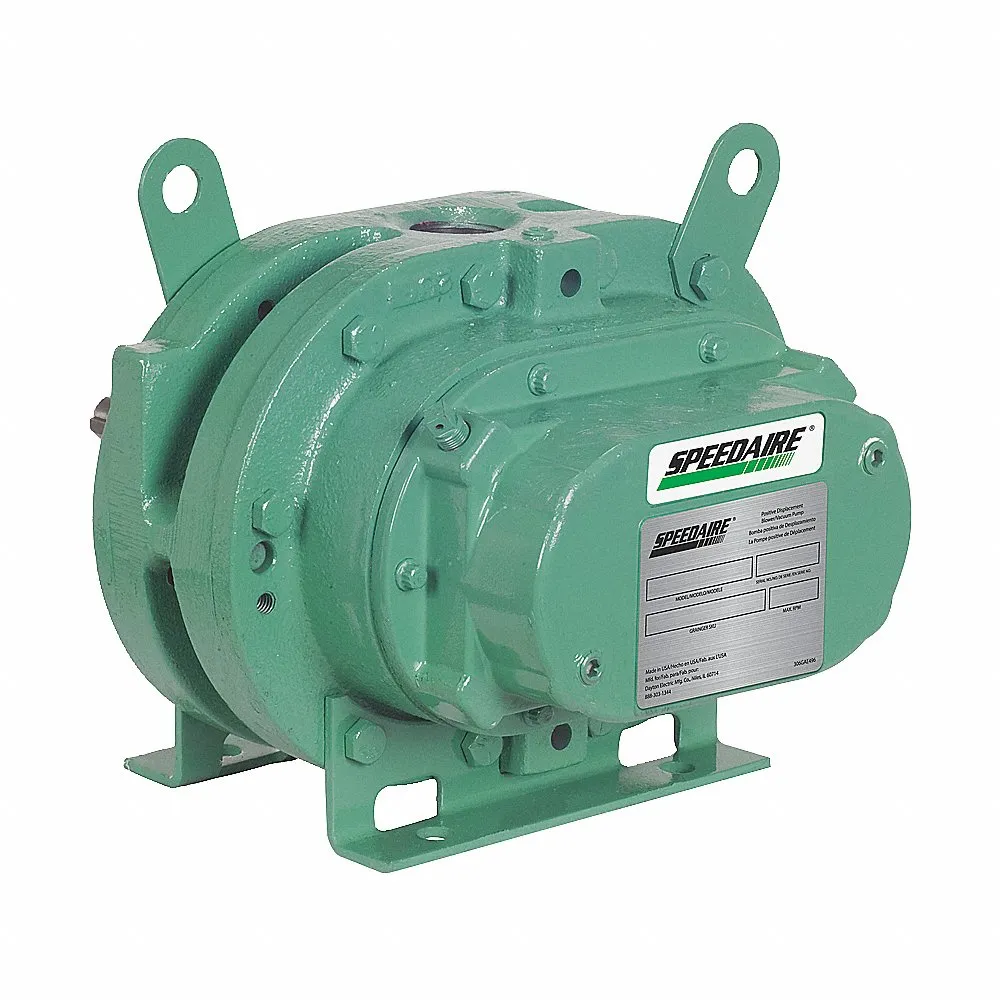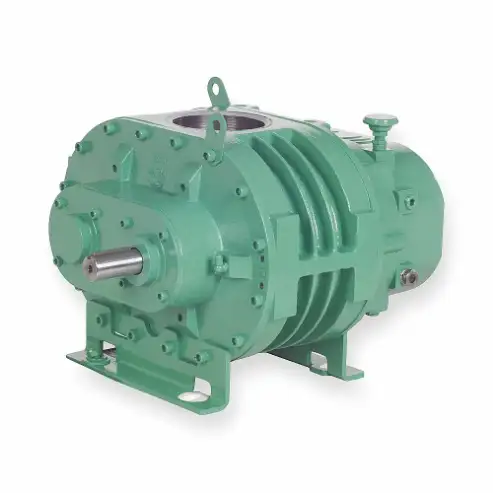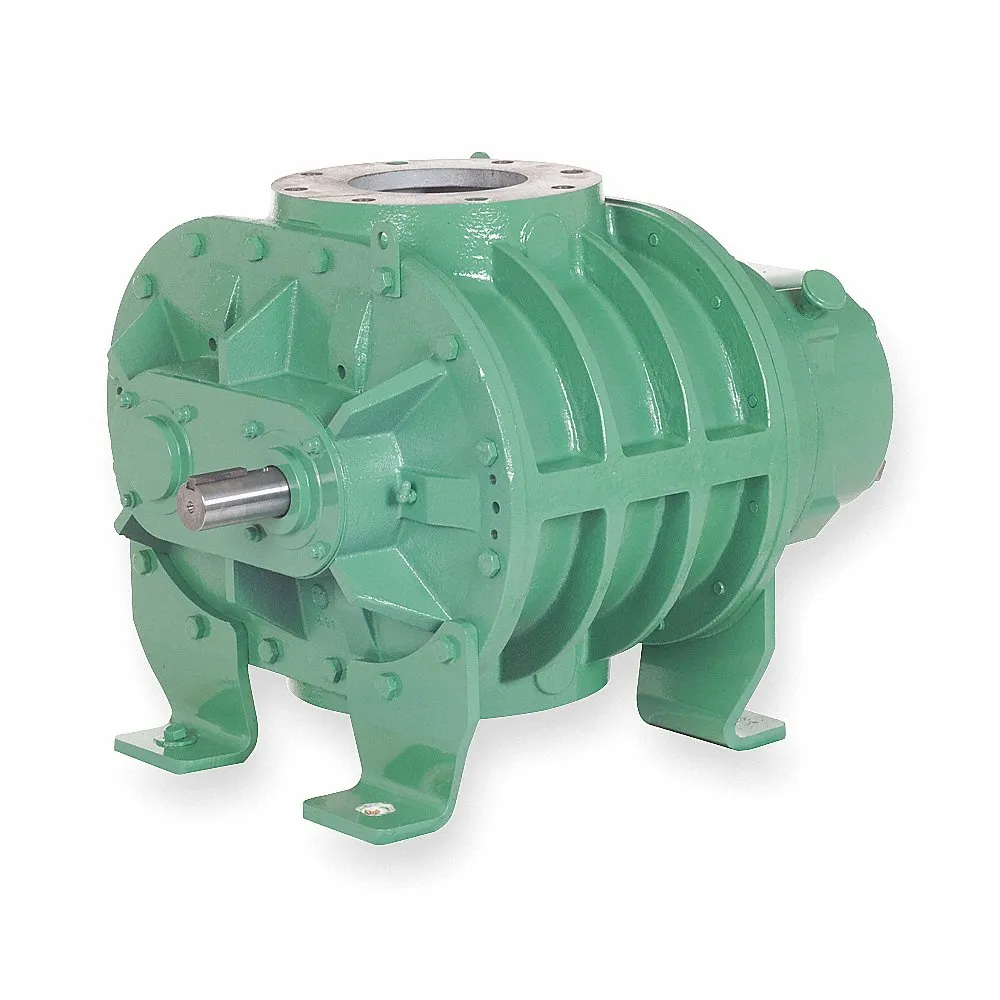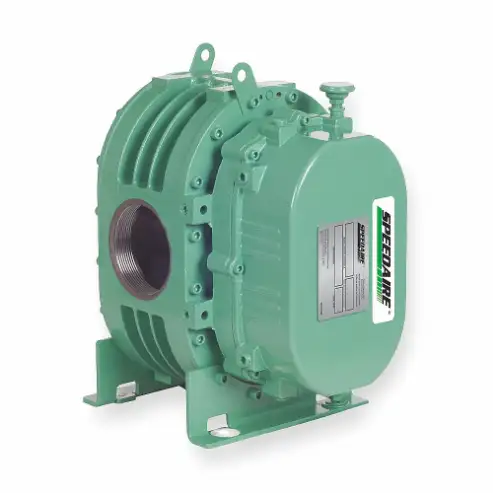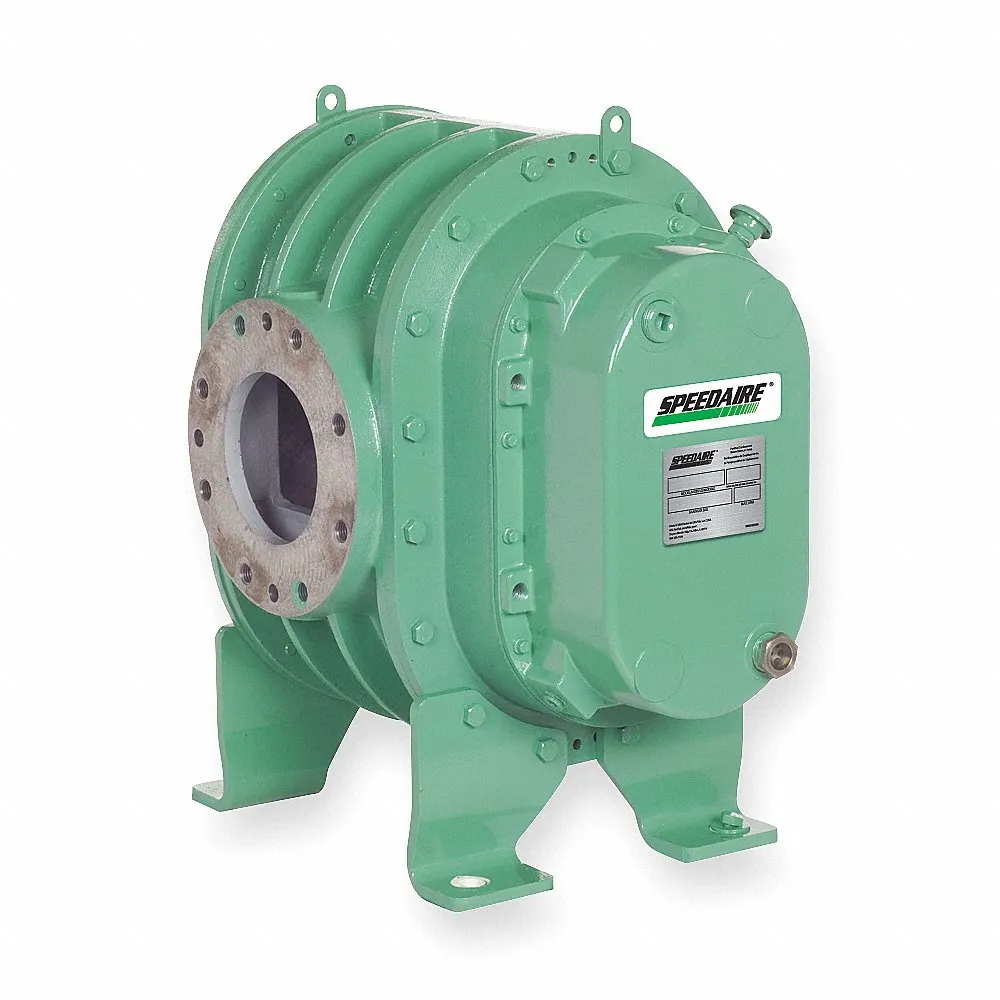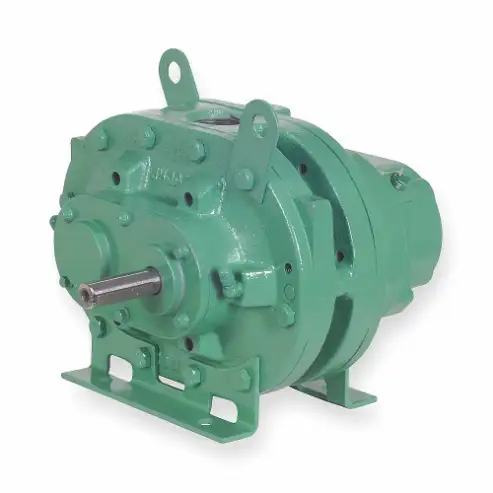Speedaire Displacement Blowers / Vacuum Pumps:
- These blowers pull air into an inlet port and capture it using rotating lobes that force the air to move forward.
- They offer high volumes of air through a pipe or hose to a required location and can work at higher vacuum levels than regenerative blowers.
Speedaire Blower Vacuum Pumps:
- They have a cylinder with heat-dispersing fins for added strength.
- These pumps feature high-temperature seals for leak-free operation, low vibration levels and reduced noise.
 £ GBPChange Country
£ GBPChange Country

